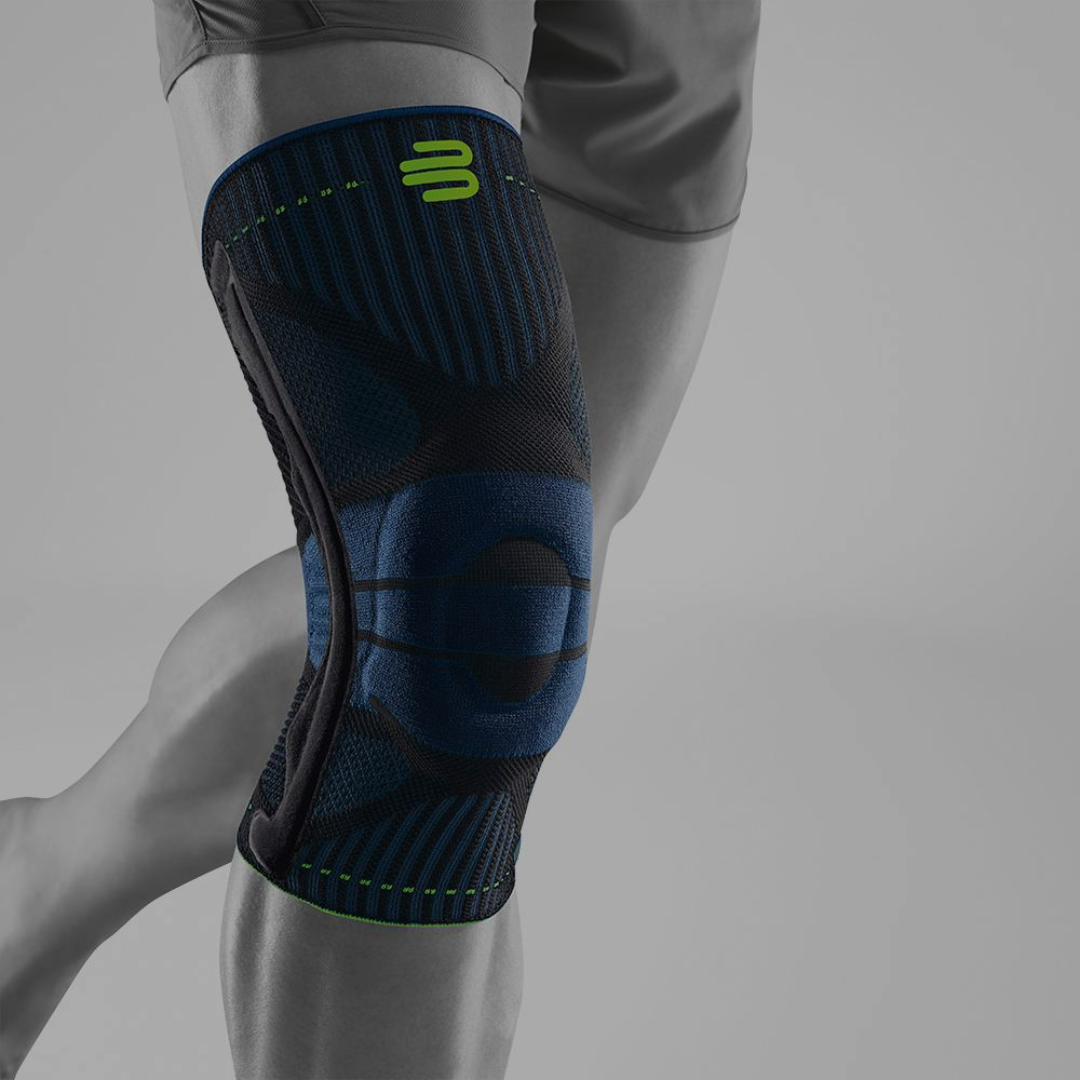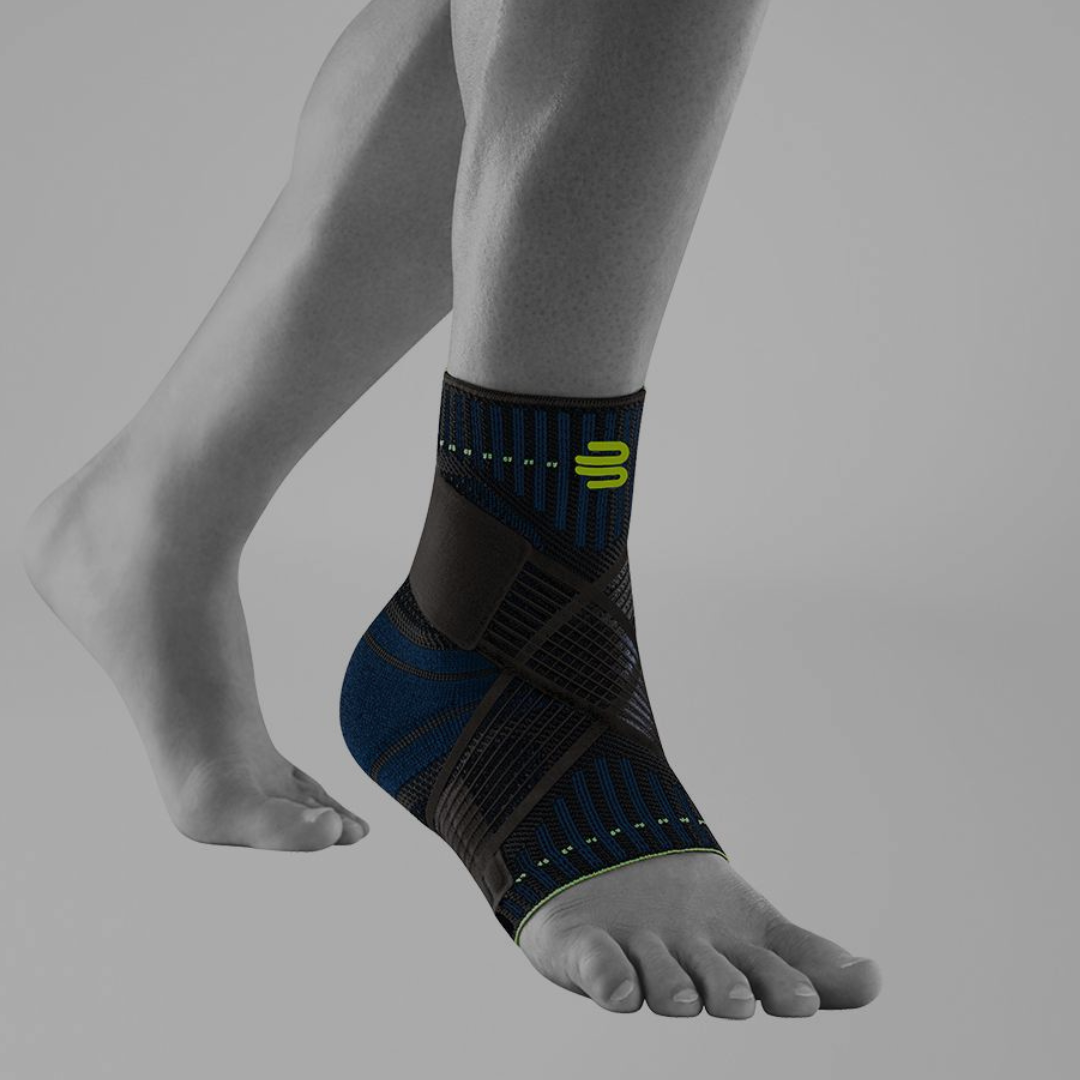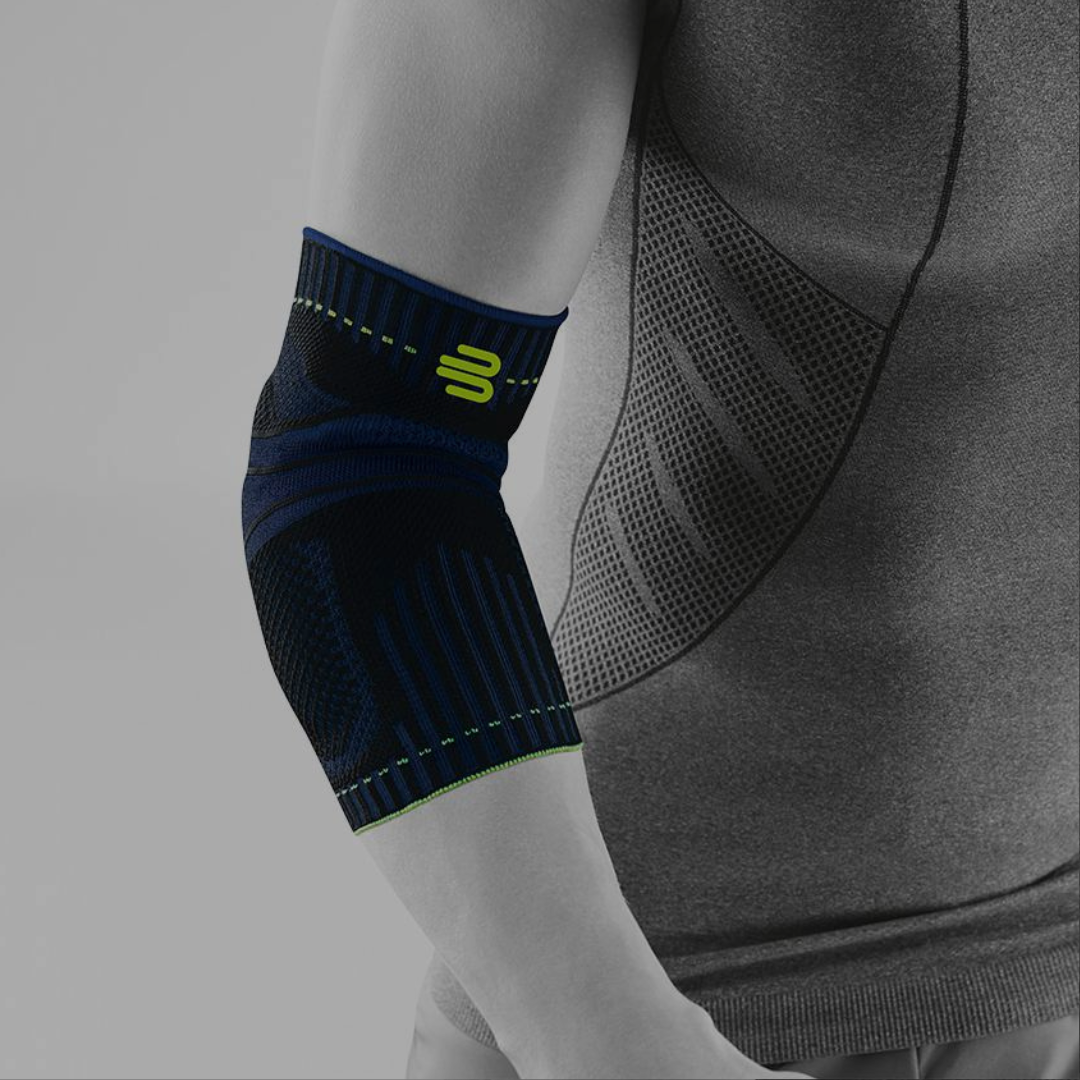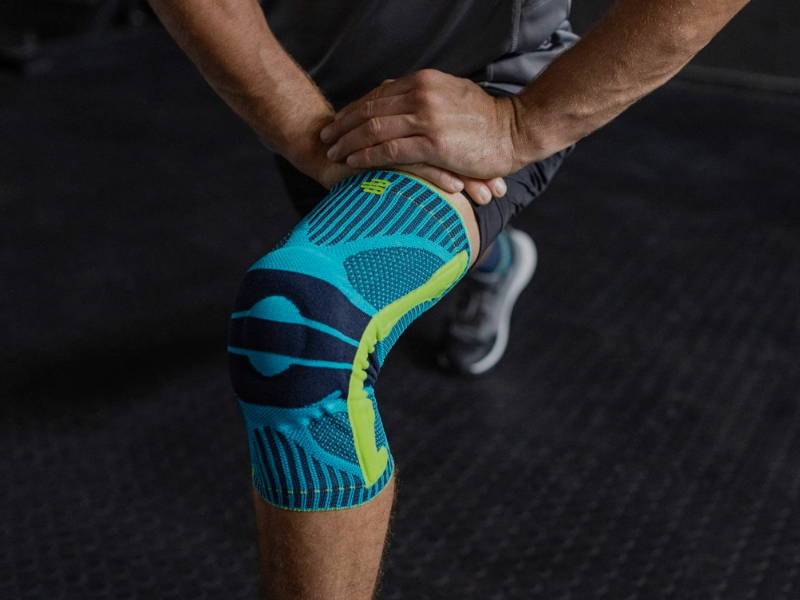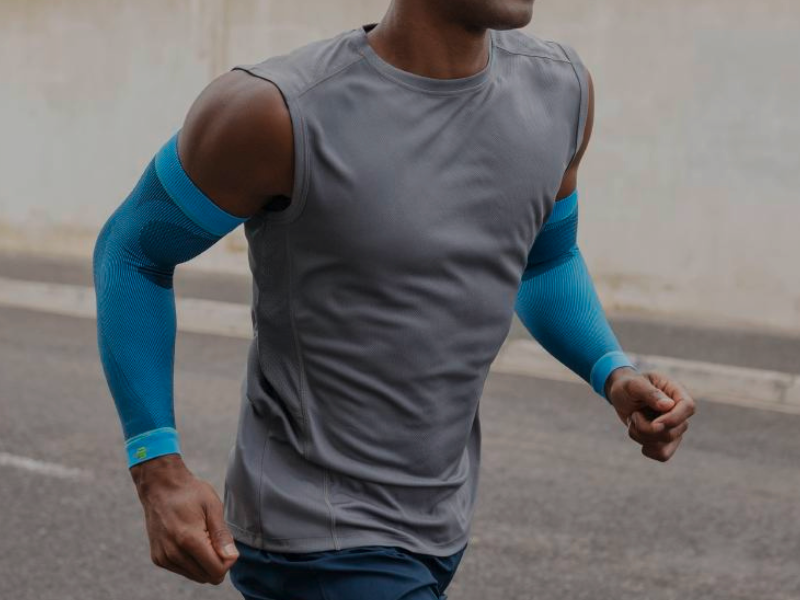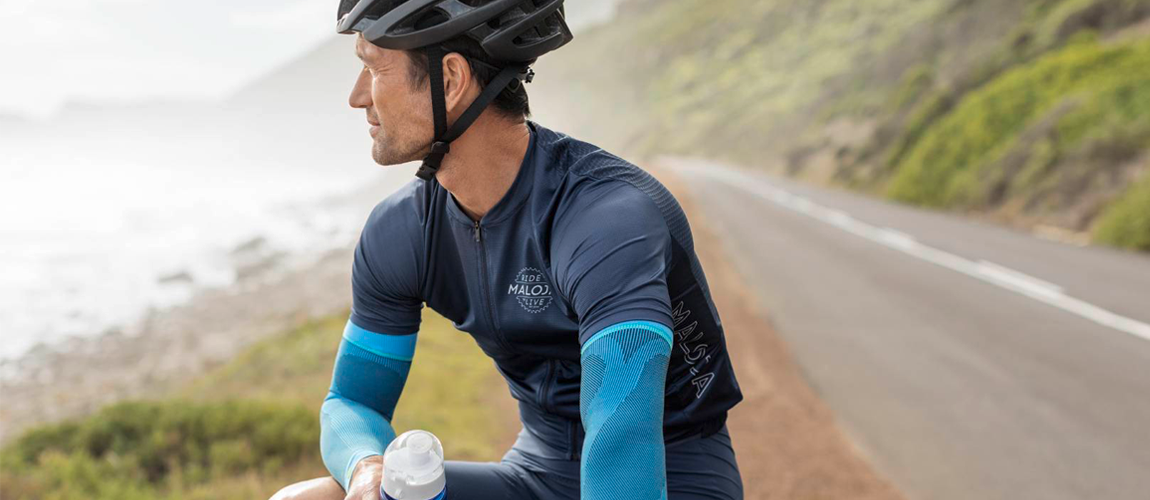Have you always enjoyed cycling? Have you ever thought about trying it at a competitive level? Road cycle racing is a fast-paced and fun environment for those cycling lovers looking for a new challenge! We want to help make your first ride on a racing bike as simple as possible! Read on for tips and tricks that can help start pedaling sooner without worry and pursue your passion!
Cycling race bikes for beginners: things to keep in mind at the start
Of course, as the saying goes, you never forget how to ride a bike. Just get on and get going, right? However, there are many aspects of riding a traditional road bike that differs from a racing bike. Starting off with their appearance: at first sight, you’ll notice that racing bikes are missing quite a few elements that you'll find on a standard road bike: no bells, no lights, no mudguards, or any other attachments. There’s a simple reason for this: when racing you need no unnecessary weight.
As the name indicates, the main purpose of the racing bike is to compete in a competitive race. When performance is compared, it’s all about speed and winning a race. That doesn’t mean that you have to compete however if you want to keep physically fit on a racing bike.

Another huge difference between the bike types is handling:
- a racing bike has narrow handlebars which reduce air resistance. Furthermore, the curved design allows various positions during the ride. Initially, you should position your hands on the highest point of the handlebars. That ensures you are close to the brake. When you feel more confident, you can place your hands further down. The lower riding position is more aerodynamic so you can accelerate more effectively.
- A racing bike’s gears are quite confusing to many beginners because they are not as straightforward as on a traditional road bike. For each brake lever, there are two switching options, a black lever and a brake lever that can be moved inwards. With a little practice, you will quickly recognize the difference and learn how to change gears.
- A racing bike’s handlebar position when taking corners is different from road bikes. Because of the hard tires, the racing bike responds more quickly, increasing the speed in corners. Steering is used much less compared with a road bike. In this way, you can maintain your speed. With a little time and practice, you will get a feeling for corners.

How do I work out my saddle height and sitting position?
The right saddle height and sitting position are equally important for racing and road bikes. After all, you don’t want any pain to develop. If your saddle is not set up correctly, it may lead to knee, neck, and buttock pain or calf cramps.
Measuring the inside leg length: Start by measuring your inside leg length. While wearing shoes, stand with your back against a wall. You will need a folding ruler and a narrow object, such as a book, for the measurement. Place it between your legs, at the upper end towards your groin, and position the folding ruler next to it on the floor. Read the measurement at the top edge of the book or object.
This will provide you with your inside leg length which we will need for the next step.
Setting up the saddle height: The following formula will help you: inside leg length (cm) * 0.885. Use the measurement from the first step and multiply it by 0.885. Transfer the measurement from this calculation to the distance between the middle of the bottom bracket and the upper edge of the saddle, which you can also measure with a folding ruler or tape measure. Then secure your saddle at exactly this height.
In order to adjust the inclination of the saddle, you will need a spirit level. Saddles can have different widths. The important thing is that yours fits your pelvis. In addition, it’s important that the saddle is horizontal at the front. Place the spirit level on the longitudinal axis of the saddle. The angle should be between -3 and +3 degrees to provide the perfect sitting comfort.

Getting started with the right gear
Compression Sleeves Lower Leg : power during training, optimized recovery after pedaling even more powerfully on level ground and pushing your limits on inclines: our resilient calf sleeves will support you with their circulation-stimulating compression. They are also the first step to effective and fast recovery after training.

